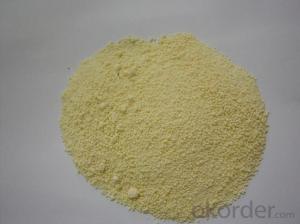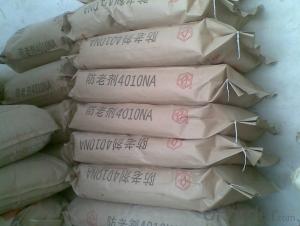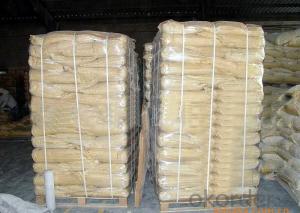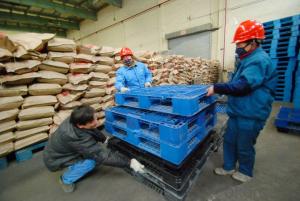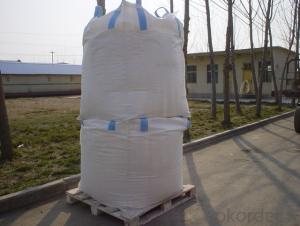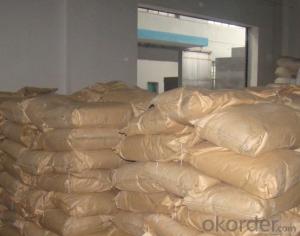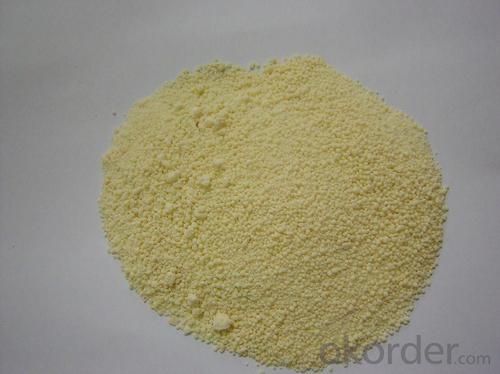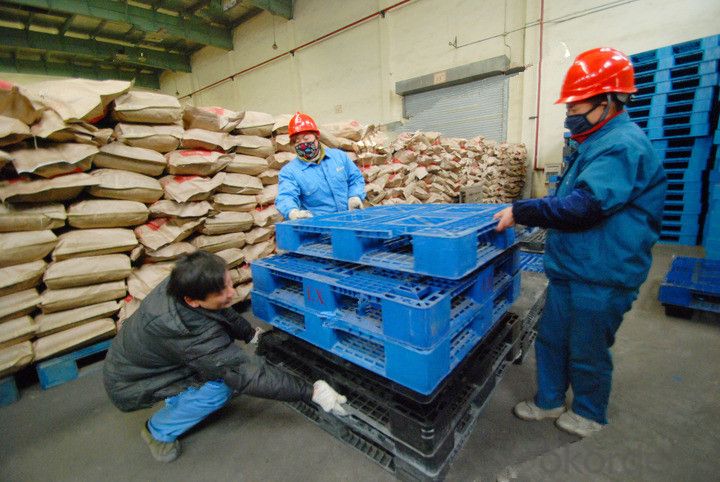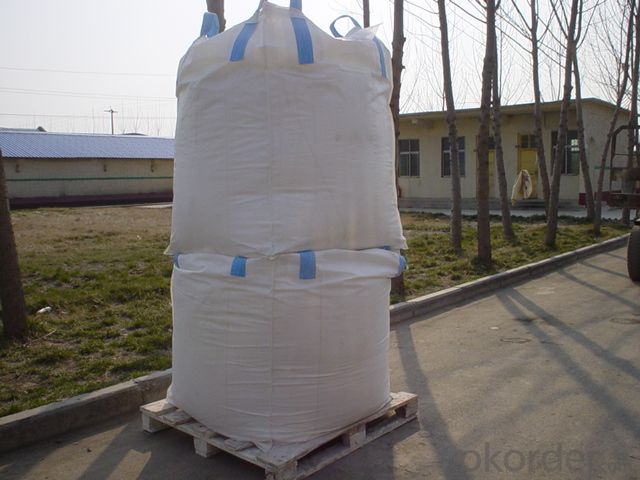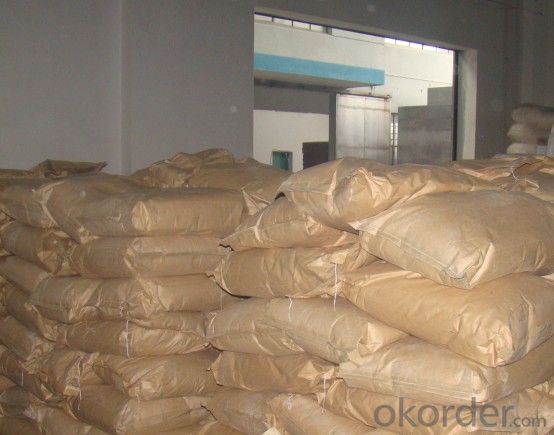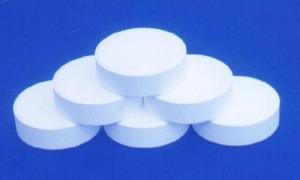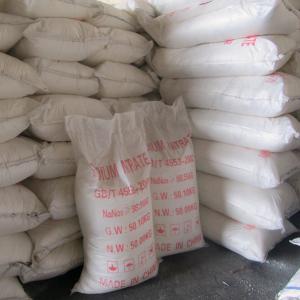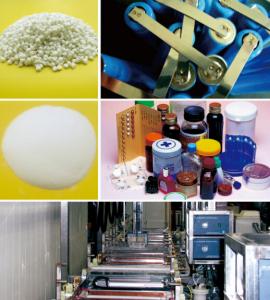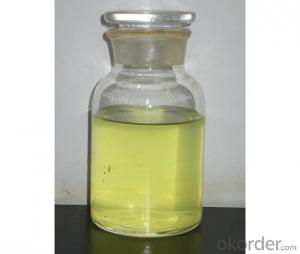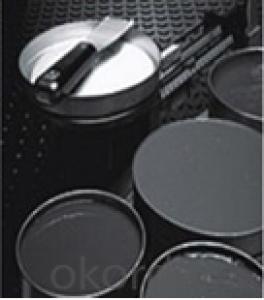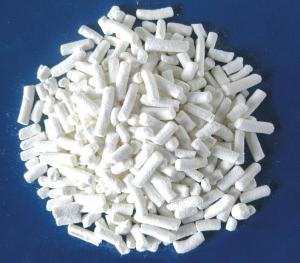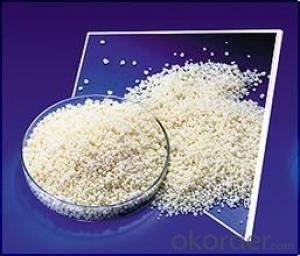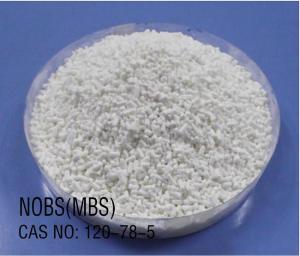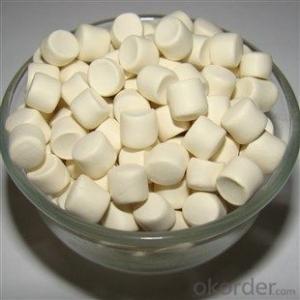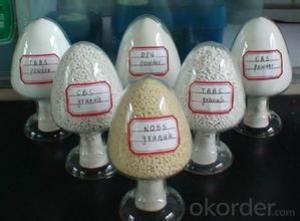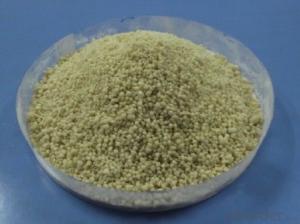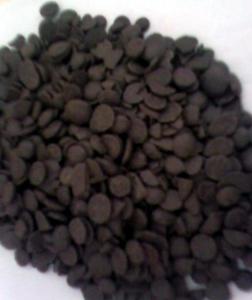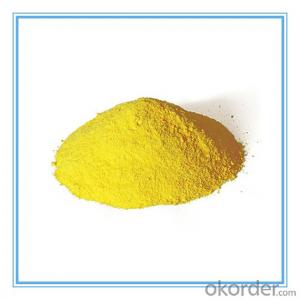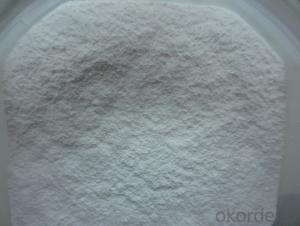RUBBER VULCANIZING ACCELERATOR MBTS (DM)
- Loading Port:
- Tianjin
- Payment Terms:
- TT OR LC
- Min Order Qty:
- 25 m.t.
- Supply Capability:
- 12000 m.t./month
OKorder Service Pledge
OKorder Financial Service
You Might Also Like
RUBBER VULCANIZING ACCELERATOR MBTS(DM)
Chemical Name: Dibenzothiazole disulfide
Molecular Formula: C14H8N2S4
Molecular Weight:332.50
CAS NO. : 120-78-5
Executive standard:GB/T 11408-2003
Specification:
| Index | ||
High-class products | First-class products | Acceptable end-product | |
Appearance(Visual inspection) | White or light yellow powder, granular | ||
Initial M.P, oC ≥ | 170.0 | 166.0 | 162.0 |
Loss on drying, % ≤ | 0.30 | 0.40 | 0.50 |
Ash, % ≤ | 0.30 | 0.50 | 0.70 |
Residues on 150μm sieve,% ≤ | 0.00 | 0.10 | 0.10 |
Properties: white or light yellow powder (granule) with a little bitter, no poison. The density is 1.50, Melting point above 170℃,slightly soluble in benzene, chloroform and ethanol, is not soluble in water petrol. And ethyl acetate. Good storage stability.
Application: Given flat, moderately fast cures in NR and SR. Also used in a wide range of general purpose rubber. Non-staining and non-discolouring in "white" socks; used as a plasticizer and retarder in polychloroethylene rubber. Secondary acceleration is usually required for synthetic polymers. Better scorch safety than MBT.
Packaging: 20kg plastic woven bag, paper with plastic film bag, kraft paper bag or jumbo bag.
Storage: e product should be stored in the dry and cooling place with good ventilation, avoiding exposure of the packaged product to direct sunlight. The validity is 2 years.
Note: The product could be ultra fine powder based on customer accurate requirement.
- Q: Chemical catalyst system baa?
- Can speed up or slow down the reaction rate without participating in the reaction of the material
- Q: Will the catalyst change the reaction rate in the chemical reaction?
- Many of the catalysts are specific in varying degrees, and when added to the chemical reaction system that it can catalyze, it must change the rate of chemical reaction, and of course both positively and negatively catalyzed. Chemical reaction rate, it can not be called a catalyst.
- Q: What are the characteristics of the catalyst in the chemical reaction?
- In simple terms: the catalyst itself is involved in the reaction, the quality of the reaction before and after the same, the ingredients do not change. The catalyst can change the rate of chemical reaction, increase the rate of reaction called catalyst, slow the inhibitor.
- Q: 1. Catalysts can help to bring the reactants together in the correct orientation2. The chemical formula of a catalyst is written on the left hand side (reactant) side of an equation.3. Catalysts can provide a surface on which the reaction occurs.4. Catalysts increase the activation energy.5. Catalysts increase the magnitude of the equilibrium constant, thus favoring product formation.6. "Enzymes" are biochemical catalysts.7. Catalysts increase the rate of a reaction.8. Catalysts are slowly used up during the reaction and need to be replaced.
- 7 is definetly true
- Q: Junior high school chemistry - chemical reaction before and after the quality and chemical properties of the material must be the catalyst?
- It is not always possible that the equivalent reaction, i.e. one or more of the reactants, is the same as the relative atomic mass of one or more of the products and the coefficients in the chemical equation are the same
- Q: I know that a species that does not appear in the chemical equation may also affect the rate of a reaction - e.g. a catalyst. But does that mean the catalyst can be present in the rate equation, and if so are catalysts always present in the rate equation?
- There are many reactions that would not happen to any extent without a catalyst, yet I have never seen a rate equation that included a catalyst. For example, the Haber reaction requires a catalyst, but the rate equation for it does not include a catalyst. If a reaction will work without a catalyst, you can find its rate under this condition. Then if you run the same reaction with a catalyst you will get a different rate of reaction but the catalyst concentration does not show up in the Rate law for that reaction.
- Q: Will the catalyst be able to increase the rate of chemical reactions?
- The catalyst has a positive catalyst and a negative catalyst, and generally does not specifically refer to both the positive catalyst, i.e., the catalyst that accelerates the reaction.
- Q: Is it not the rate to accelerate the addition of the catalyst to the catalyst, and that is why the balance does not move
- In the chemical equilibrium, after adding the catalyst, the positive and negative reaction rate increases equally, but the positive reaction rate is still equal to the reverse reaction rate, so the balance does not move
- Q: In biology, the enzyme seems to be a tool for opening a reaction, such as the decomposition of cellulose, such as linked RNA and protein, no enzyme can not. But in chemistry, the catalyst is only a regulatory role, change the reaction rate only. The teacher said that the enzyme is the catalyst. Is there any other effect of the enzyme? (Ignorant high three dogs, you do not spray the big god)
- I do not know the main high school teachers have done with fresh chicken liver grinding solution and ferric chloride solution compared to the decomposition of H2O2 catalytic efficiency of the experiment, the result is ferric chloride plus H2O2 slowly take the bubble, add fresh chicken cups Quickly take bubbles and liquid spill. Indicating that the enzyme is a catalyst, and the catalytic efficiency is far higher than the inorganic catalyst.
- Q: An important property of the catalyst is that the reaction equilibrium is not changed while increasing the forward reaction rate and the reverse reaction rate. However, because the enzyme for the specificity of the substrate, is not almost every reaction by the enzyme are one way to do it.
- A brief description of restriction endonucleases and DNA ligases: Restriction endonucleases, and DNA ligases, can be said to have nothing to do with energy calculations. In particular, the actual effect of these two enzymes is not to switch between A (DNA) and B (disconnected DNA) states. Restriction endonucleases do not need to open base pairing in addition to the phosphates, whereas the DNA ligase itself is responsible for linking 5'-phosphate and 3'-hydroxy. Which use the energy supply substances, coenzyme are not the same, can not be used as the same reaction is positive and negative process considerations.
Send your message to us
RUBBER VULCANIZING ACCELERATOR MBTS (DM)
- Loading Port:
- Tianjin
- Payment Terms:
- TT OR LC
- Min Order Qty:
- 25 m.t.
- Supply Capability:
- 12000 m.t./month
OKorder Service Pledge
OKorder Financial Service
Similar products
Hot products
Hot Searches
